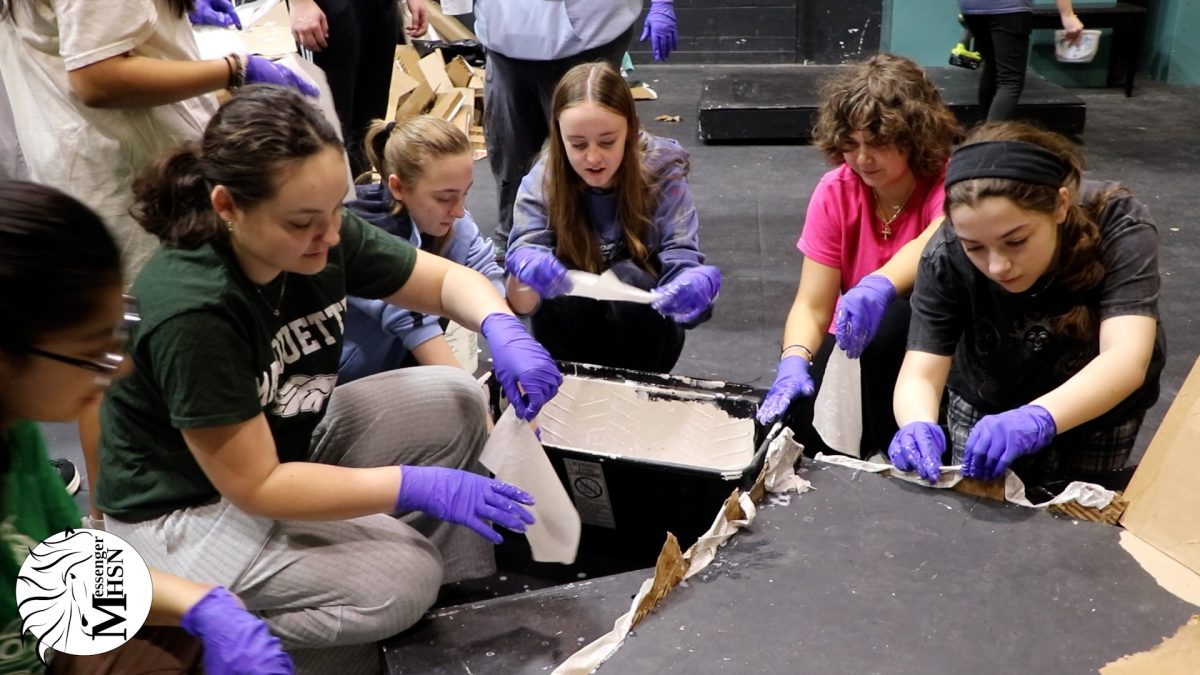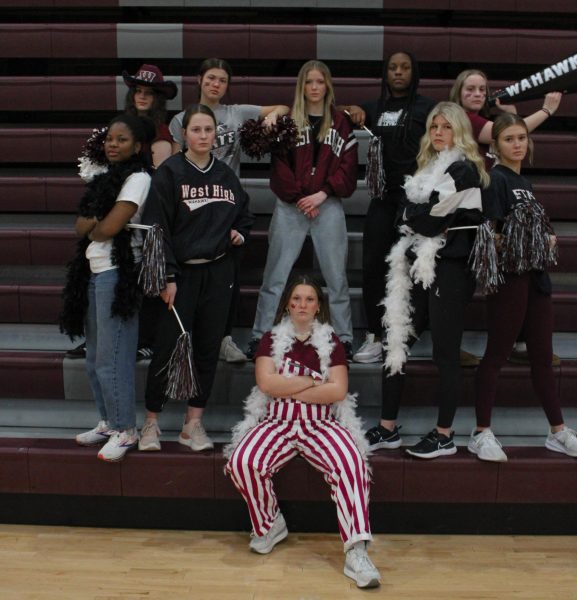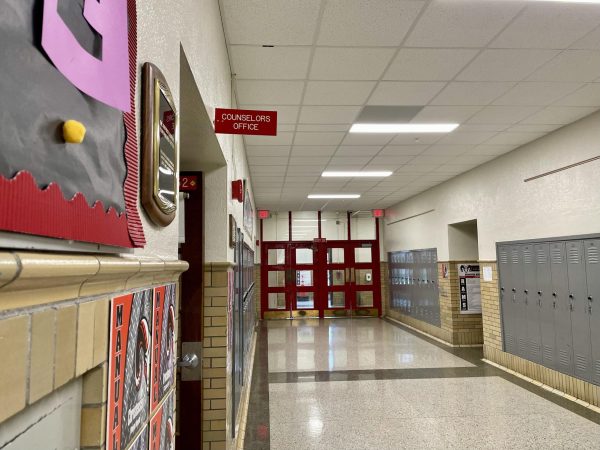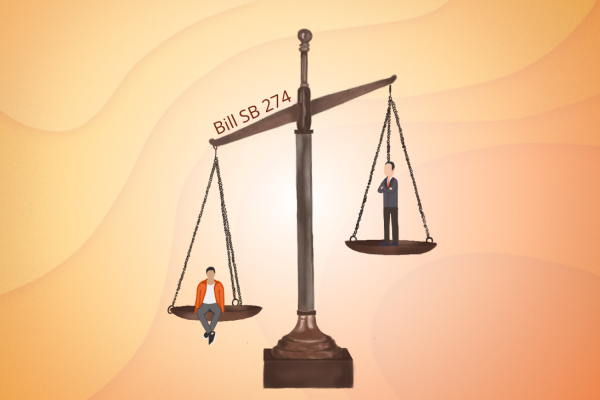Erasure From Generalization
Poor education contributes to our disappointingly low amount of knowledge about Indigenous Americans.
March 11, 2021
Over the past several decades, efforts have been underway to acknowledge the wrongs of the past. This goes for many nations and cultures around the globe, but in America, an unintentional erasure is going on.
This erasure is enforced by many media, unaligned or politically affiliated, it isn’t motivated by hate and prejudice, nor is anybody actively engaging in it. This is the erasure of generalization—the generalization of Indigenous Americans.
What Indigenous people lived here in the Wexford area? I asked this very question to a few family members and friends, and none knew. Heck, I don’t even know. Sure, I can recite cursory facts about the Iroquois people, of their many tribes and the massive spread across the mid-Atlantic, but I know very little about their heritage in our region.
I could tell you about the Cherokee—of their origins in the river valleys of Tennessee to their suffering at the hands of the American government. I could even tell you of the Navajo, the Indigenous nation with the most members in the United States. We learned about these communities, even if just glanced over, yet I can’t recall ever learning about those that lived on this very soil.
For anyone curious, the Indigenous Americans who inhabited this area were a group related to the Delaware people. Sadly, information about the Indigenous people who once lived here is thin. This goes for many such indigenous cultures across the country.
We learn about the atrocities that happened to them because of the settlers that came to this area. Yet, we know little more about who these people were. I don’t think this is an intentional erasure—perhaps it stems from trying to create a generally positive image of Indigenous Americans from the negative stereotypes of old.
Sure, I can recite cursory facts about the Iroquois people, of their many tribes and the massive spread across the mid-Atlantic, but I know very little about their heritage in our region.
Unsurprisingly, few direct studies have been done on this subject, so in order to provide an example, we can take a look at certain elements of media—in this case, movies, which often portray Indigenous Americans as one stereotypical culture, such as Disney’s 1995 film, Pocahontas. Although historians have corrected the errors of the movie’s portrayal, these critiques are mostly focused on the story itself and not how it portrays the real Algonquin people.
A more direct example of this is in the myth that the Inuit have 50 words for snow. During the 1800s, scientists traveled to the Arctic and lived among different Inuit tribes in order to study their way of life. One of the scientists, Franz Boaz, who lived with a tribe on the western coast of Greenland, noticed that they combined words in order to form new words to describe things, such as snow.
This process is called polysynthesis. A key part of the myth is how all Inuit tribes have the same language. However, in reality, the Inuit themselves are a very diverse group—Boaz only wrote that Eskim-Aleut family do this. Yet somewhere along the road of this myth, a generalization occurred that applied the same myth to all Inuit tribes
Alternatively, rather than theorizing from examples or using past evidence, we can take a look at the cultures of Indigenous Americans themselves. A good staple of culture is their language, which by some strict definitions is a requirement of a culture. I’d go as far as to argue that the foundation of a distinctive culture is made up of a common unifying language for a group of people.
Originally, languages such as Spanish and English were violently imposed on Indigenous Americans by settlers. Although this no longer happens and the rate of extinction of these languages has slowed, the pervasive conception that they all spoke similar languages certainly is not helping. Such a state of affairs can only serve to suppress these cultures and subject the culture in question to withering away.
So what can be done? On an individual basis, it’s a good start to know that any two Indigenous American cultures can be incredibly different from one another, much in the same way that German culture is different from Polish culture. On a larger level, more should be done in our educational system and research institutions to learn about and teach the stories of the original inhabitants of the lands we now call home.
This story was originally published on The Uproar on March 11, 2021.



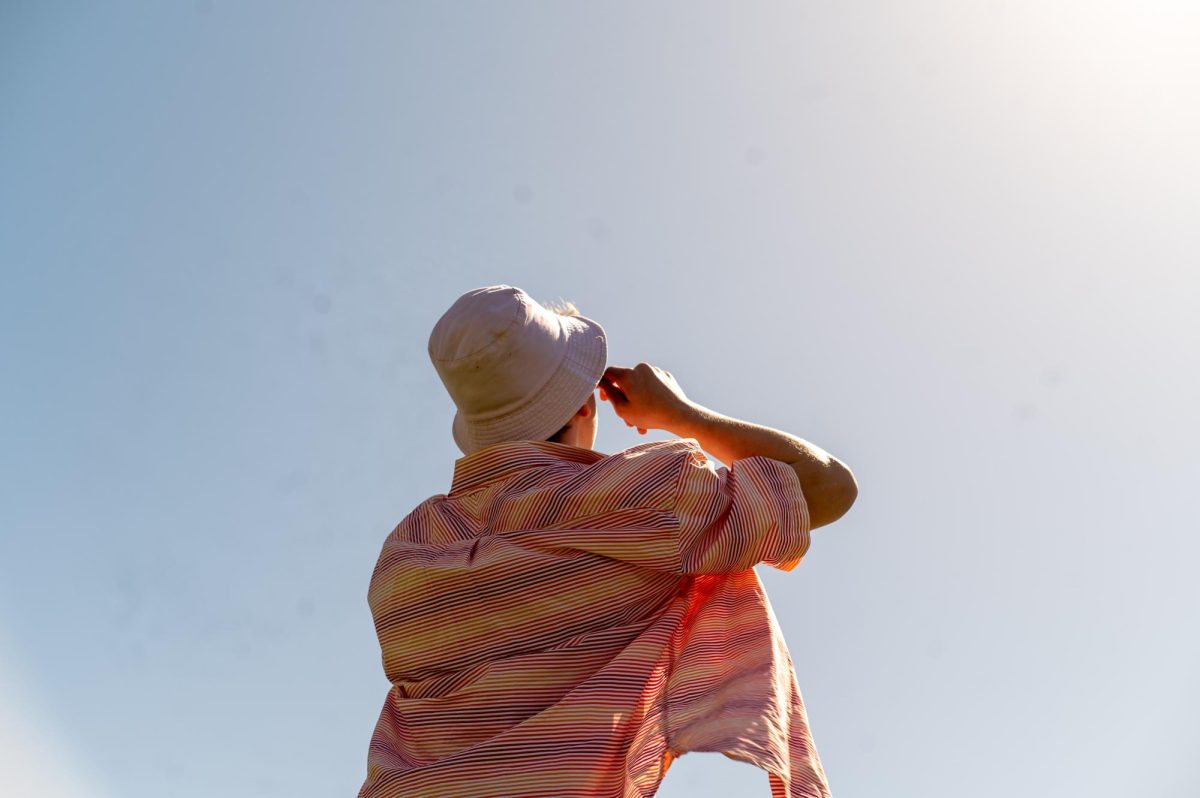
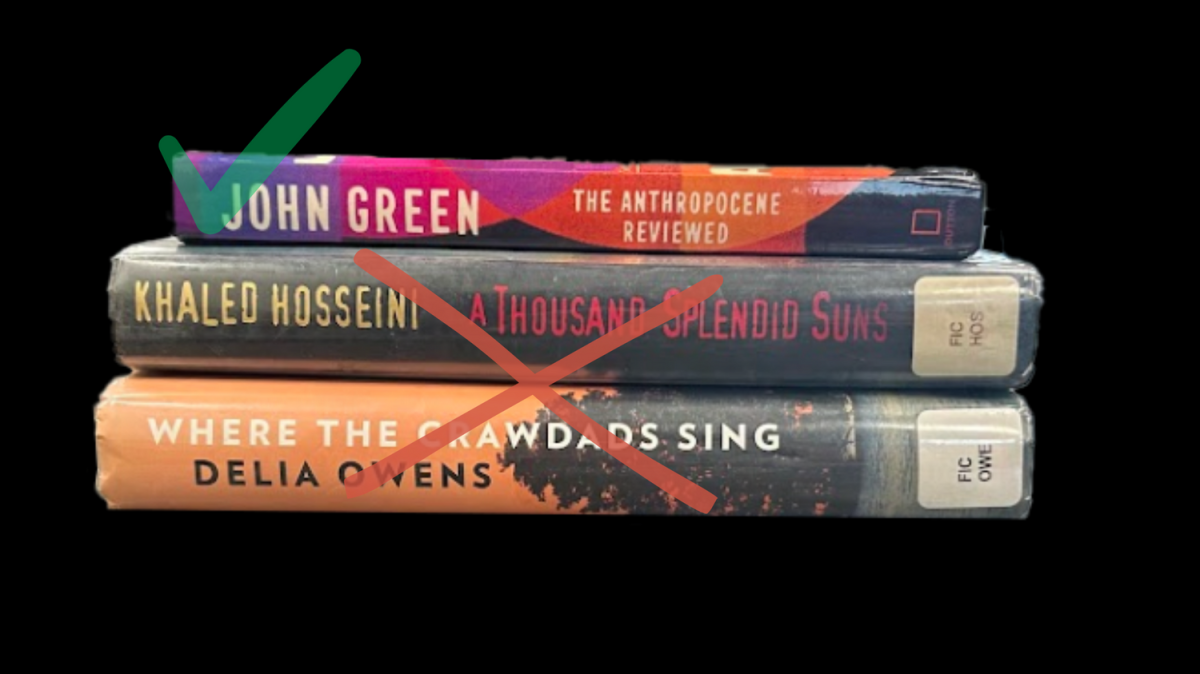
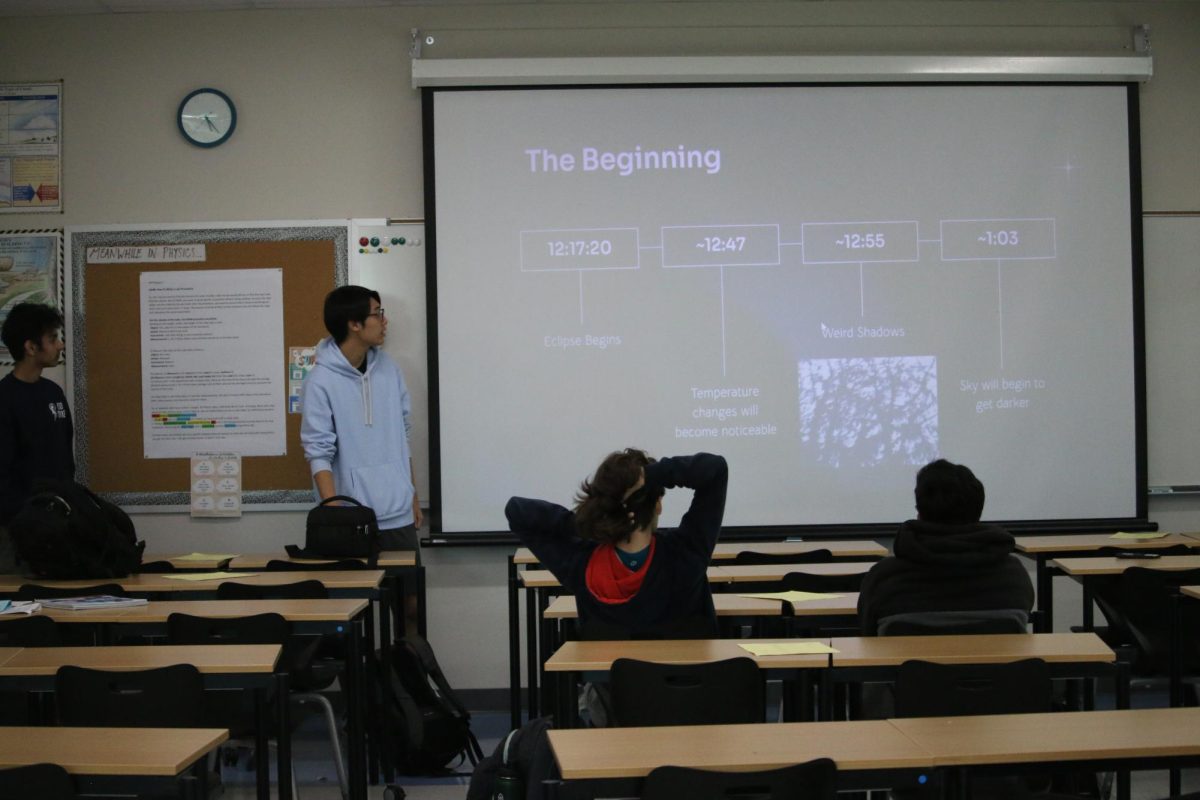
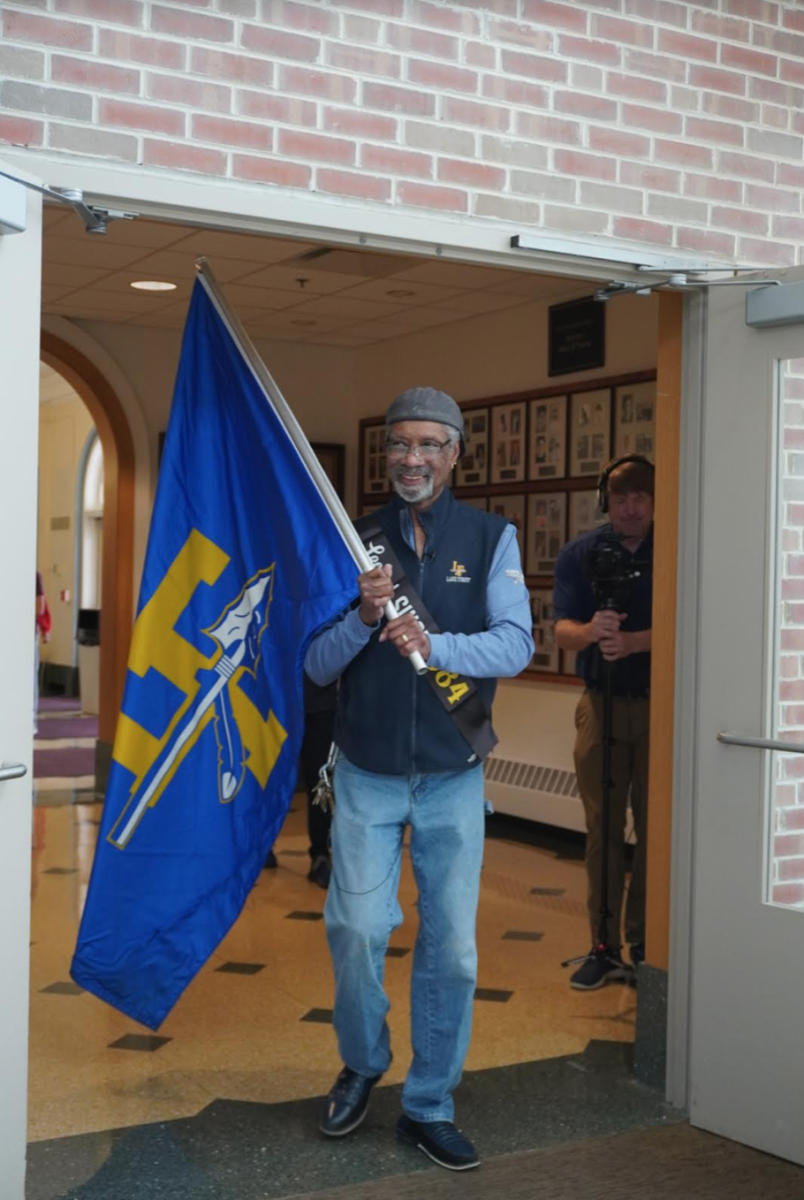
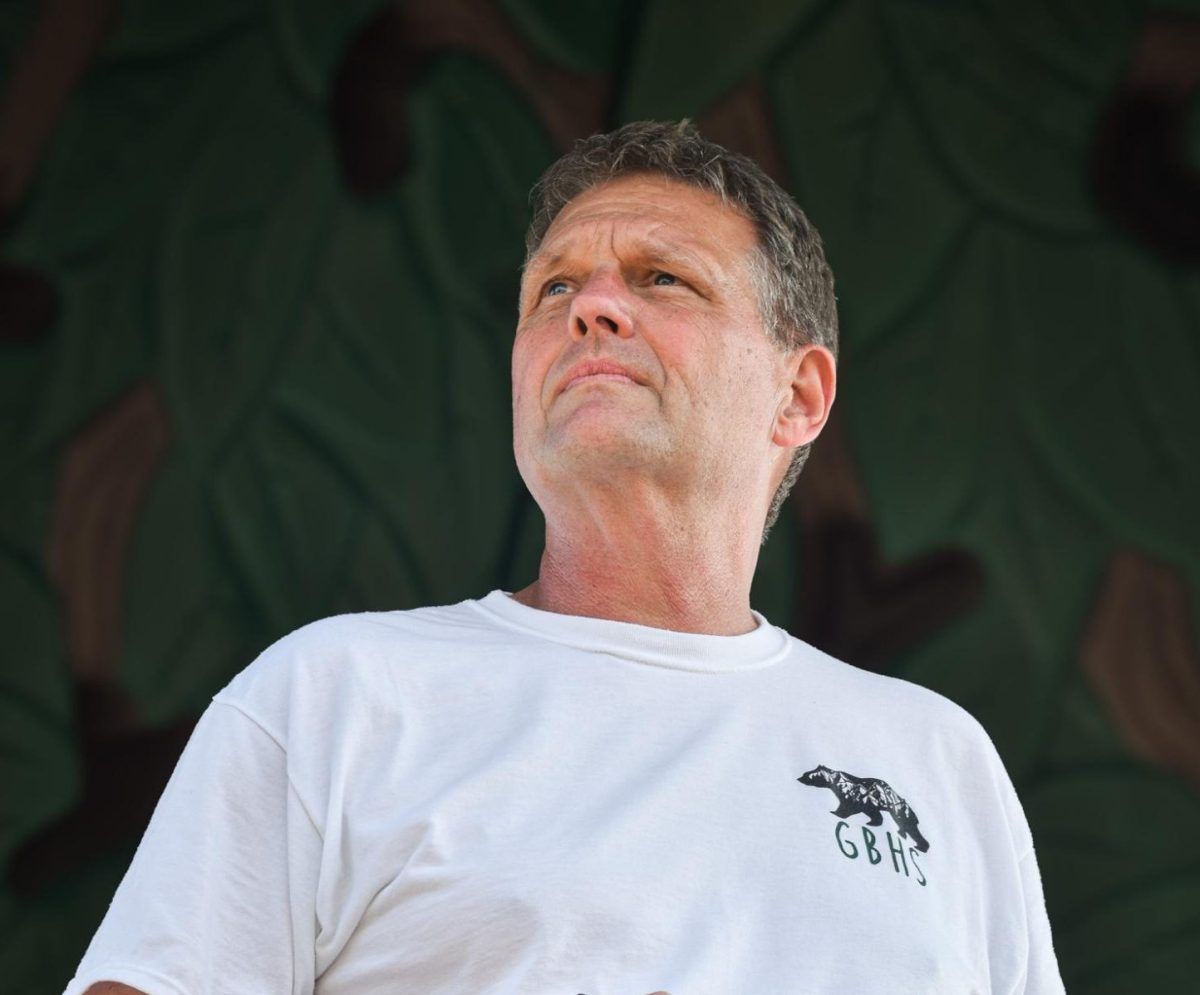


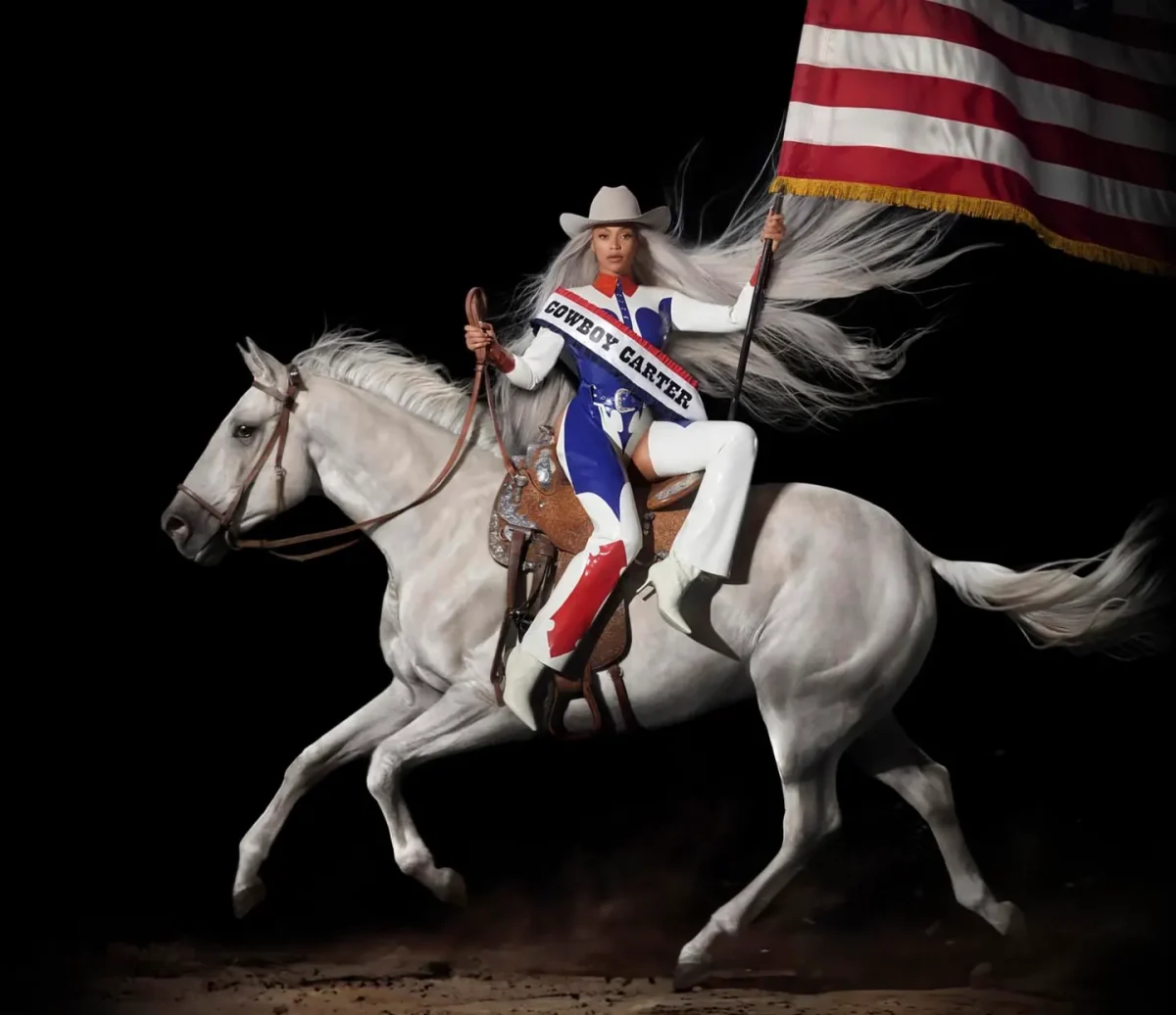

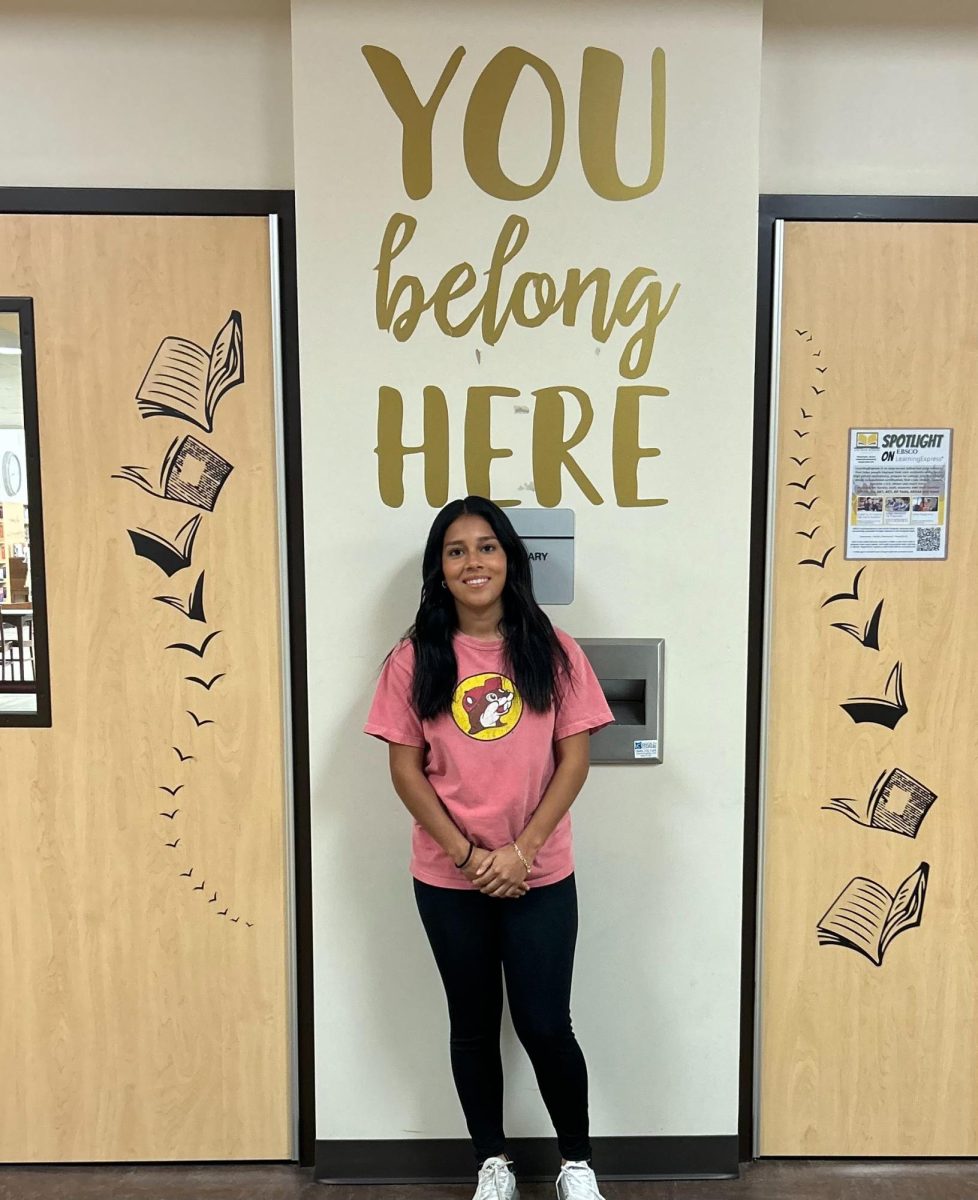
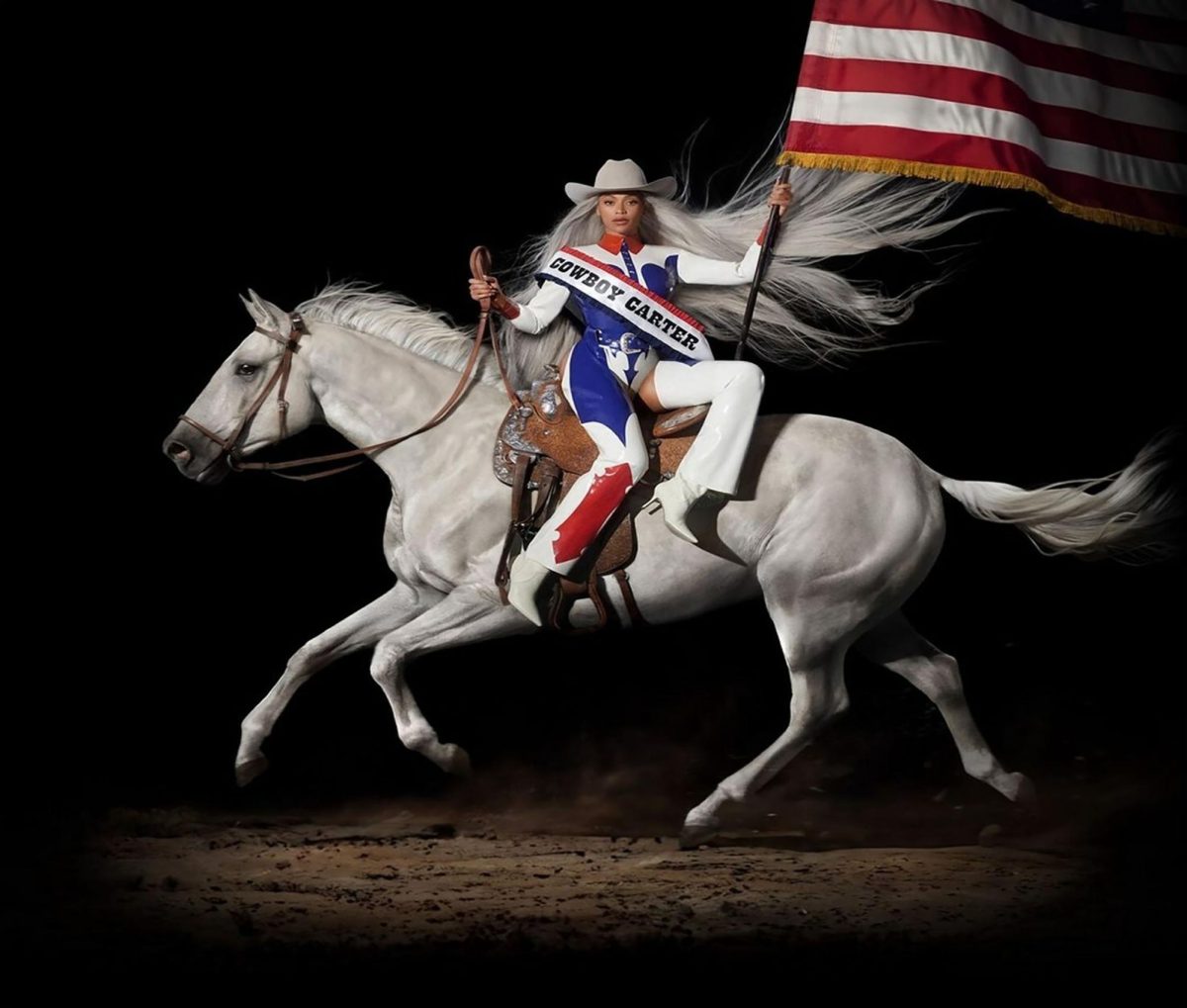













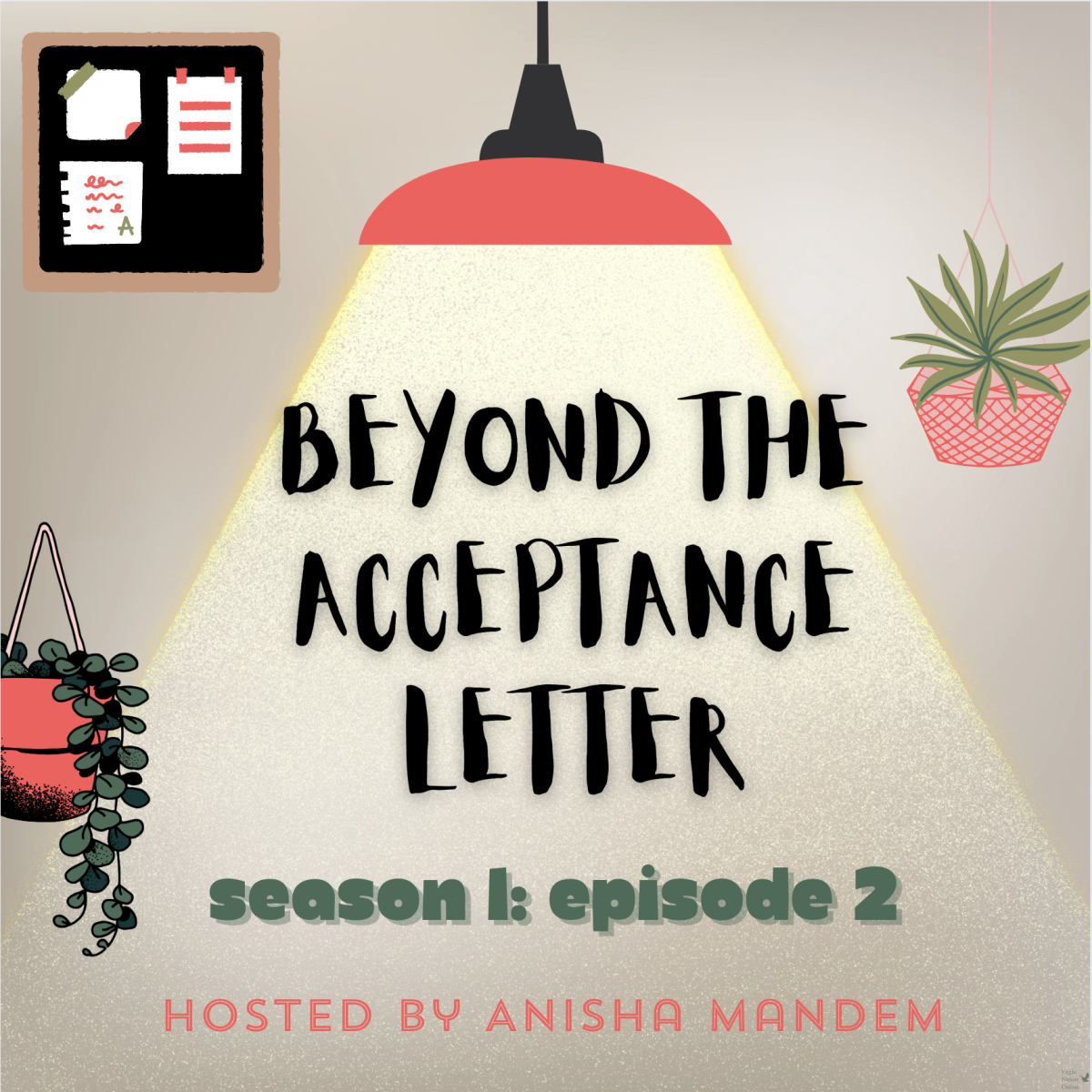
![IN THE SPOTLIGHT: Junior Zalie Mann performs “I Love to Cry at Weddings,” an ensemble piece from the fall musical Sweet Charity, to prospective students during the Fine Arts Showcase on Wednesday, Nov. 8. The showcase is a compilation of performances and demonstrations from each fine arts strand offered at McCallum. This show is put on so that prospective students can see if they are interested in joining an academy or major.
Sweet Charity originally ran the weekends of Sept. 28 and Oct. 8, but made a comeback for the Fine Arts Showcase.
“[Being at the front in the spotlight] is my favorite part of the whole dance, so I was super happy to be on stage performing and smiling at the audience,” Mann said.
Mann performed in both the musical theatre performance and dance excerpt “Ethereal,” a contemporary piece choreographed by the new dance director Terrance Carson, in the showcase. With also being a dance ambassador, Mann got to talk about what MAC dance is, her experience and answer any questions the aspiring arts majors and their parents may have.
Caption by Maya Tackett.](https://bestofsno.com/wp-content/uploads/2024/02/53321803427_47cd17fe70_o-1-1200x800.jpg)
![SPREADING THE JOY: Sophomore Chim Becker poses with sophomores Cozbi Sims and Lou Davidson while manning a table at the Hispanic Heritage treat day during lunch of Sept 28. Becker is a part of the students of color alliance, who put together the activity to raise money for their club.
“It [the stand] was really fun because McCallum has a lot of latino kids,” Becker said. “And I think it was nice that I could share the stuff that I usually just have at home with people who have never tried it before.”
Becker recognizes the importance of celebrating Hispanic heritage at Mac.
“I think its important to celebrate,” Becker said. “Because our culture is awesome and super cool, and everybody should be able to learn about other cultures of the world.”
Caption by JoJo Barnard.](https://bestofsno.com/wp-content/uploads/2024/01/53221601352_4127a81c41_o-1200x675.jpg)



